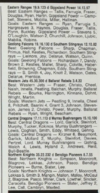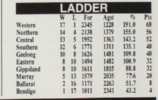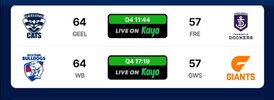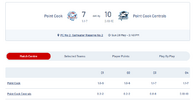RedmanWasHere
Rarely in kitchens at parties.
- Aug 23, 2010
- 26,880
- 29,619
- AFL Club
- Essendon
- Other Teams
- Exers, Gryffindor, Rich+Ess AFLW, Tassie
In the last H/A round of 1993, the Western Jets registered a score of 300 vs the Rebels with 22.
So far, the only game where 300 points or more were scored in a TAC Cup/Coates League game.
So far, the only game where 300 points or more were scored in a TAC Cup/Coates League game.










